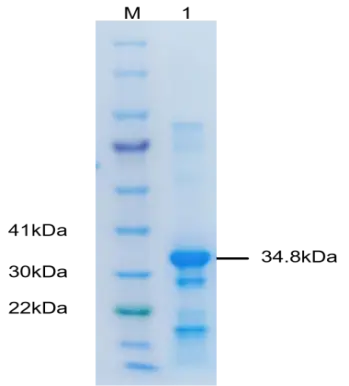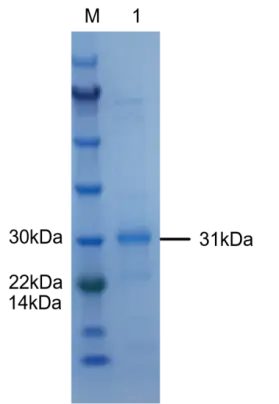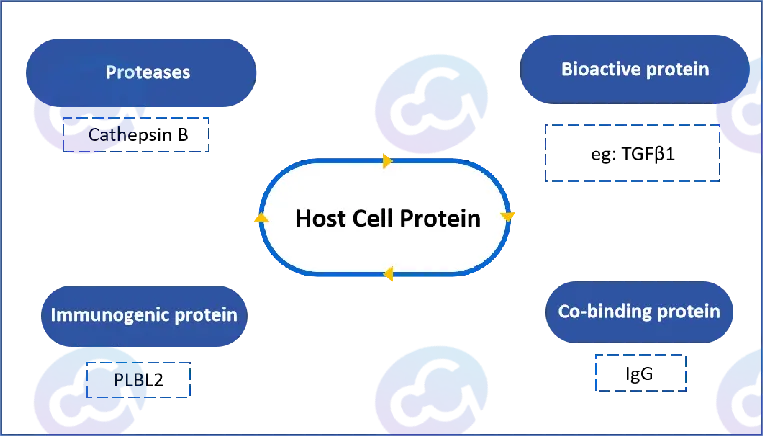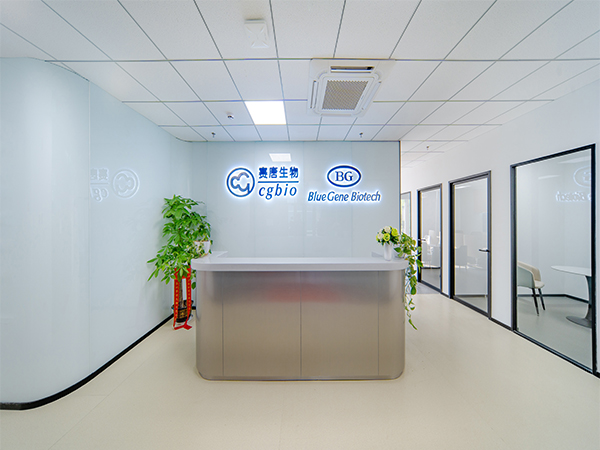Interleukin 15 (IL-15) can also be called Interleukin-15
Specifications Of P01I0357 Human Interleukin 15 (IL-15) Protein, Recombinant
| Product Information | |
catalog number | P01I0357 |
Package Size | 10ug/50ug/500ug/1mg |
Other Names | Interleukin-15 |
Protein & NCBI Number | P40933, U14407 |
Host | E.coli |
Express Region | Ala29-Ser162 |
Protein Sequence | MGSSHMASMSDSEVNQEAKPEVKPEVKPETHINLKVSDGSSEIFFKIKKTTPLRRLMEAFAK |
Molecular Weight | The protein consists of 247 amino acids (including the fusion tag), with a |
Fusion Tag | SUMO(N-terminus), 6×His (C-terminus) |
Purity | ≥95% SDS-PAGE |
Physical Property | Liquid |
Components | 0.01M PBS+20% glycerol, sterile solution |
Storage & Stability | After aliquoting, the stability of the samples can be maintained for up to 6 |
Applications | Antibody preparation, immunoassay (ELISA, WB), subcellular localization |
Lead Time | 5 to 10 business days; 2 to 3 days for stock products |
Background |
Interleukin-15 (IL-15) is a T-cell growth factor discovered in 1994 by two independent laboratories and shares similar biological functions with IL-2. IL-15 is a pleiotropic cytokine primarily secreted by monocytes and macrophages, and its mRNA is expressed in a variety of cells and tissues in the human body, such as the heart, lungs, kidneys, muscle, and placenta. Nevertheless, IL-15 expression is most abundant in adherent peripheral blood monocytes, fibroblasts, and epithelial cells. The IL-15 gene is located on human chromosome 4q31 and consists of 9 exons and 8 introns. Four of these exons (from the 5th to the 8th exon) encode the mature protein, which has a molecular weight of approximately 14-15 kDa. The cell sources and target cell distribution of IL-15 are broader than those of IL-2, suggesting that it may exert effects similar to IL-2 in tissues where IL-2 is not expressed. IL-15 (Interleukin-15) and IL-2 (Interleukin-2) are both crucial cytokines that play multifaceted roles in the immune system. IL-15 and IL-2 share similar functions in regulating the proliferation, development, and survival of T cells and NK cells. However, their roles in B cell immunoglobulin production differ. IL-2 primarily affects T cells, whereas IL-15 has a more pronounced impact on NK cells. |
BlueGene Biotech Product Show
Related Products Of Human Interleukin 15 (IL-15) Protein, Recombinant
P01I0420 Human Long arginine 3-IGF-1 (IGF1-LR3) Protein,Recombinant
P01I0345 Human Interferon gamma (IFNγ) Protein, Recombinant




